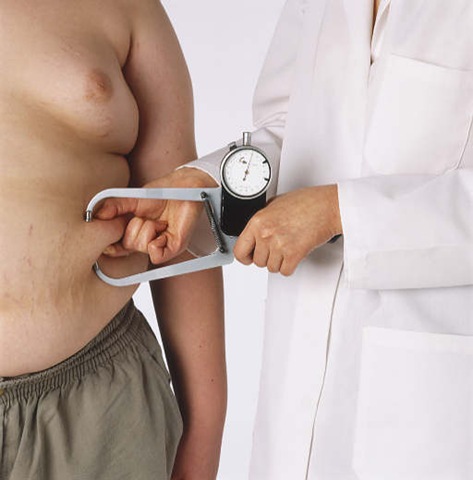You come into the gym and hop on the elliptical machine and as you are going you look down and notice the machine indicating you have burned 100 calories so far. You think to yourself great! But then you wonder: how accurate are the calorie readings on the cardio equipment? As a trainer, I get this question a lot. The answer is they are not fully accurate but are a reasonable guess.
Generally machine readings err on the high side between 20-30%. So this means for every 100 calories the machine says you burn you have actually spent between 70 and 100. For most of us that 20-30 % is small enough to not make a difference, but as the amount of calories you burn increases, so does the gap between what you think you burn and what you actually burn.
So why aren’t machines accurate? Each manufacturer uses its own patented algorithms that are based on heart rate, workload, and duration. The more high-end your machine brand, the more accurate your machine is likely to be. But this type of formula is flawed because burning calories is based on more than just your heart rate. The amount of calories you burn depends on heart rate, body temperature, body position, food intake, muscle groups exercised, medication, body size, strength, lean mass, exercise efficiency, and if exercise is intermittent or continuous. And since machines only consider heart rate and workload, their formula leaves a lot of variables in the equation.
So what will get you the most caloric burn? A machine that will engage the largest muscle groups, position your body in a less than optimal angle, and vary the work demands placed on the body. Running uphill on a treadmill at different speeds or inclines achieves all of these, and therefore burns the most calories. So the next time you hop on a piece of cardio equipment, get the most out of your workout by picking one that uses your whole body - not just your legs - and stay on a bit longer to make up a few calories.














